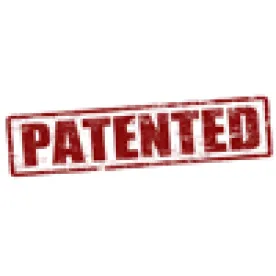Takeaway: A patent owner relying upon the secondary consideration of failure of others should provide evidence that failed attempts by others were within the scope of the challenged claims.
In its Decision, the Board denied Patent Owner’s Request for Rehearing of the Final Written Decision finding the challenged claims of the ’362 patent unpatentable. Patent Owner asserted in its Request that the Board misapprehended or overlooked the applicable legal standard and evidence of secondary considerations of nonobviousness. In particular, Patent Owner argued the secondary considerations of long-felt, but unsolved need; failure of others; and commercial success.
With respect to long-felt, but unsolved need, the Board found that it had not misapprehended Patent Owner’s position, but that it rather found Patent Owner’s arguments unpersuasive. In particular, to establish nonobviousness on this basis, a patent owner must show the need was “(1) persistent; (2) not satisfied by another; and (3) satisfied by the alleged invention.” First, the Board in the Final Written Decision found that there was insufficient evidence to show that the need was unmet by earlier patents. Even if the need was unmet, the Board had found that the evidence also failed to establish that the alleged invention satisfied the need. In this regard, the Board noted that “efforts to patent inventions directed to this problem should have ceased after the ’362 patent issued,” but that Patent Owner made no such showing. The only evidence found by the Board was a conclusory statement from Patent Owner.
Regarding failure of others, Patent Owner argued that the evidence must only show “that others skilled in the art tried and failed to find a solution solved by the inventor,” instead of the Board’s standard of whether the failed attempts “fell within the scope of the claims of the ’362 patent.” The Board cited several cases in finding that it applied the correct legal standard requiring the evidence to be commensurate in scope with the claims. Even considering Patent Owner’s standard, the Board was not persuaded by Patent Owner’s arguments.
Finally, regarding commercial success, Patent Owner argued that the Board misapplied In re Huang, and particularly, that the Board did not establish that the evidence of commercial success was the result of other economic factors unrelated to the patent. The Board disagreed, noting that the final decision explicitly addressed other economic and commercial factors. Thus, the Board was not persuaded that the evidence established a nexus between commercial success and the claimed invention.
Moore Rod & Pipe, LLC v. Wagon Trail Ventures, Inc., IPR2013-00418
Paper 40: Decision on Request for Rehearing
Dated: December 4, 2014
Patent: RE 36,362
Before: Jennifer S. Bisk, Georgianna W. Braden, and Matthew R. Clements
Written by: Clements



 />i
/>i
